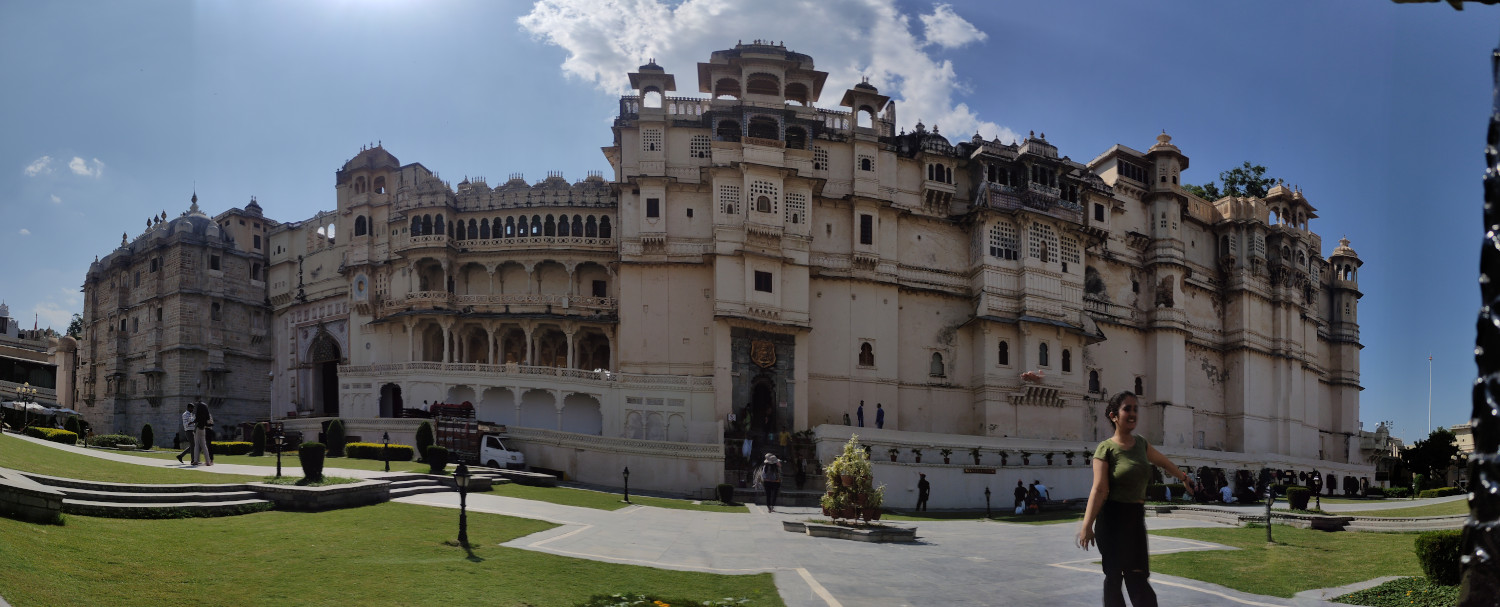Udaipur, often called the “Venice of the East” and the “City of Lakes,” is a historic city in the southern part of Rajasthan, India. Founded in 1553 by Maharana Udai Singh II, it served as the capital of the Mewar Kingdom and is nestled among the lush green hills of the Aravalli Range.
History and Heritage
The city’s history is a tale of valor and architectural brilliance. Maharana Udai Singh II established Udaipur after the Mughal emperor Akbar besieged the fort of Chittorgarh. The city’s location, surrounded by hills, offered a natural defense, allowing the Mewar dynasty to resist Mughal influence for many years. The legacy of its rulers is preserved in the stunning palaces and forts that dot the landscape.
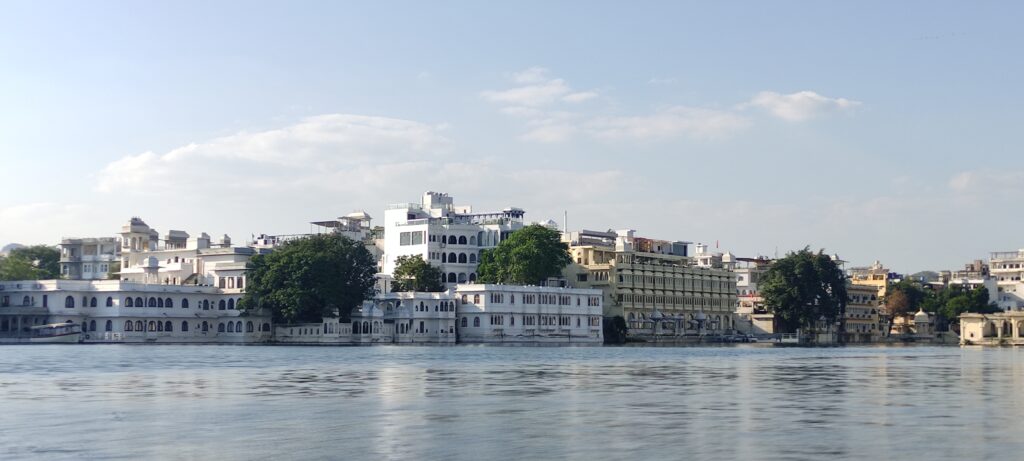
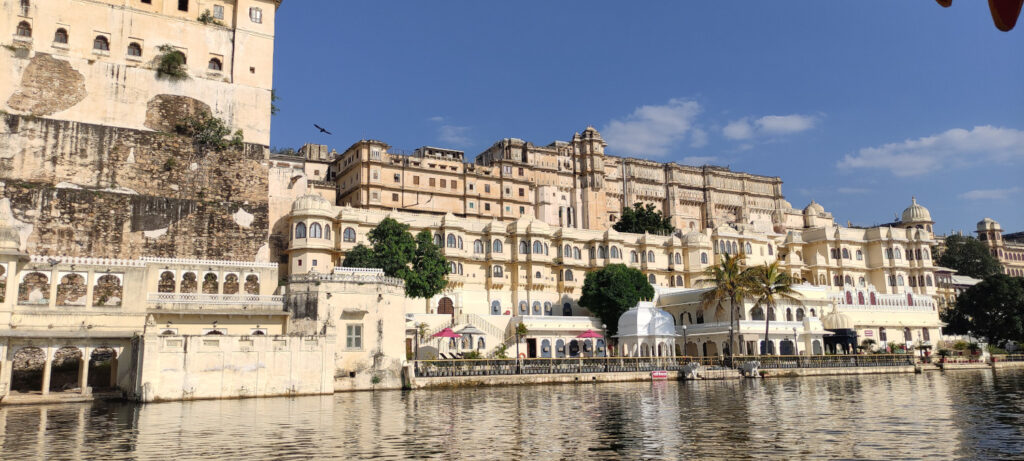
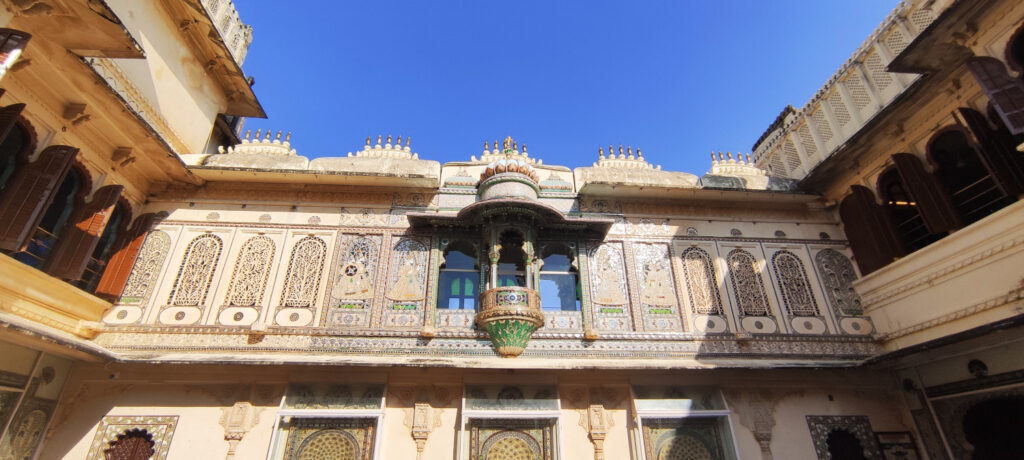
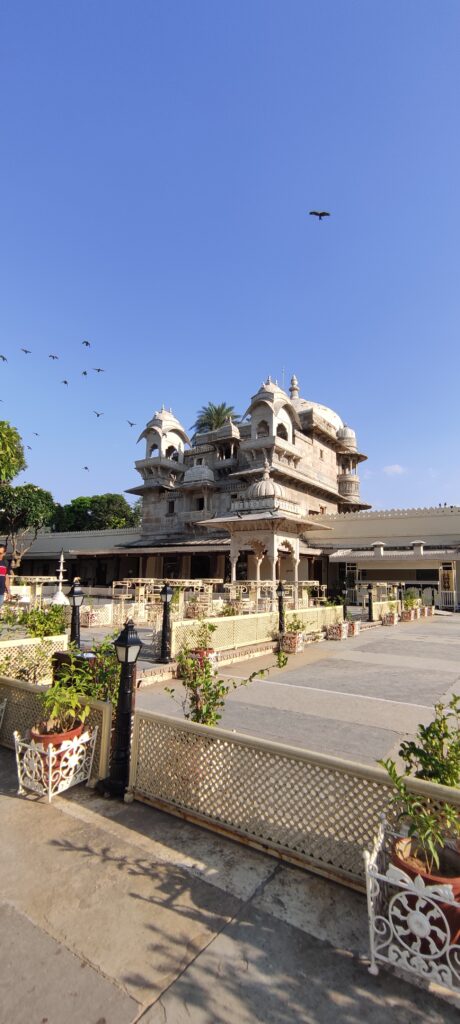
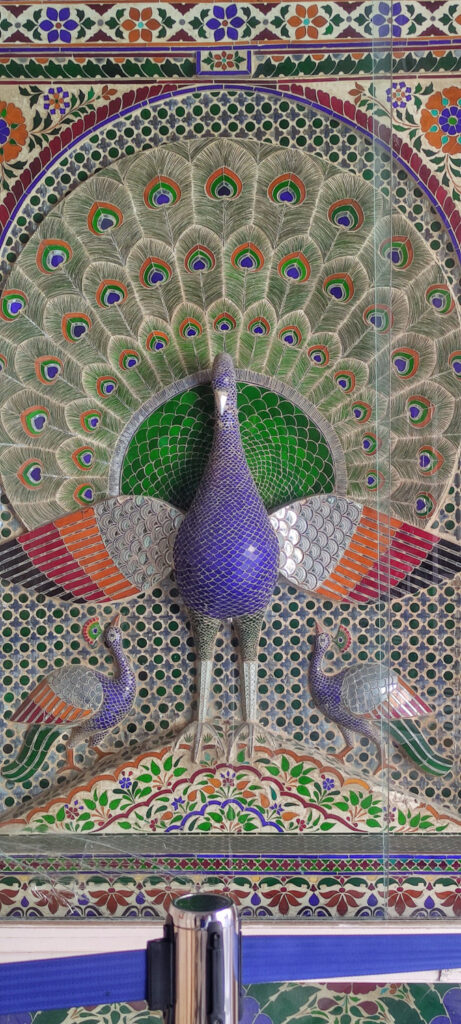
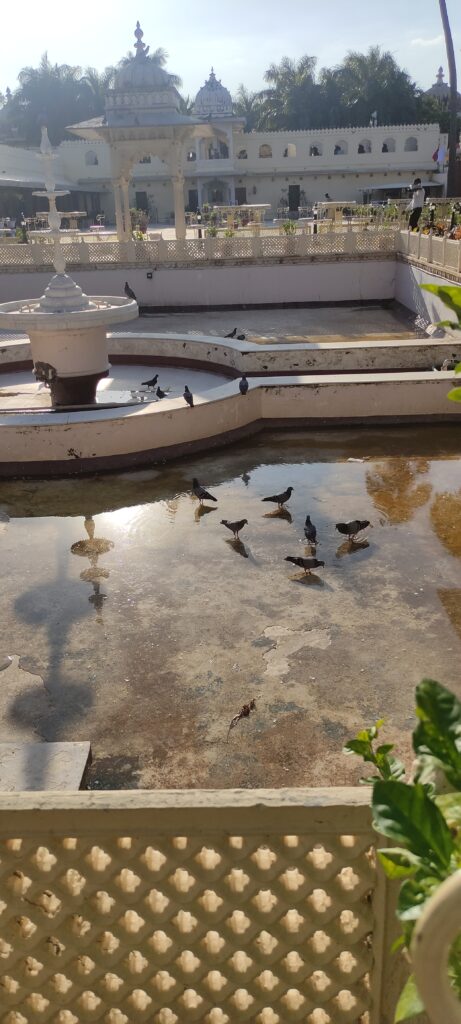
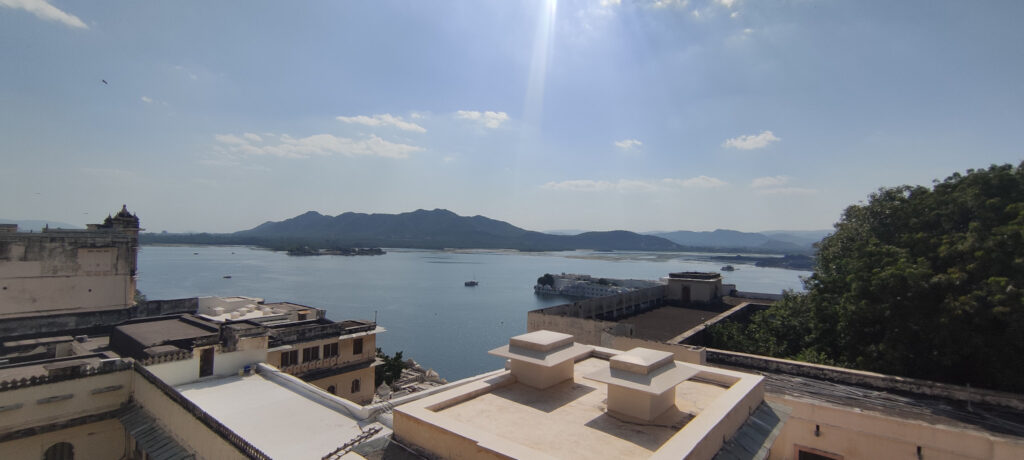
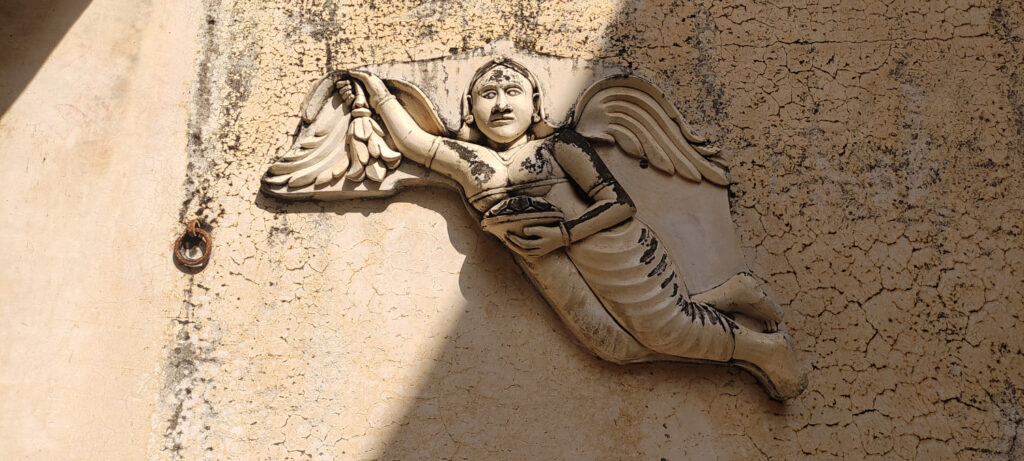
Lake Pichola
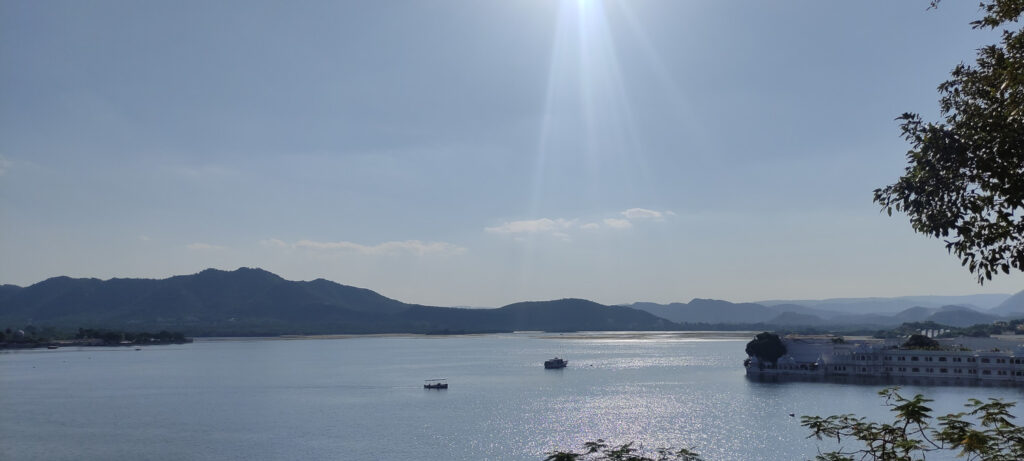
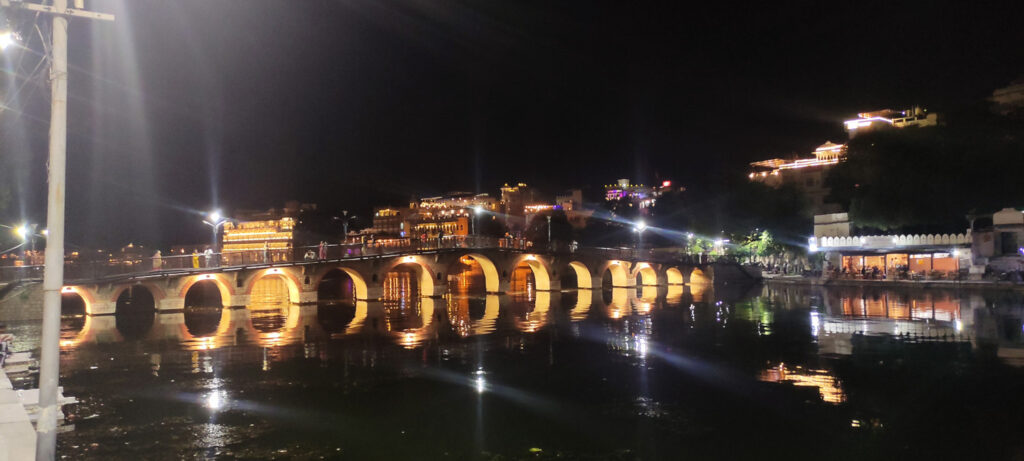

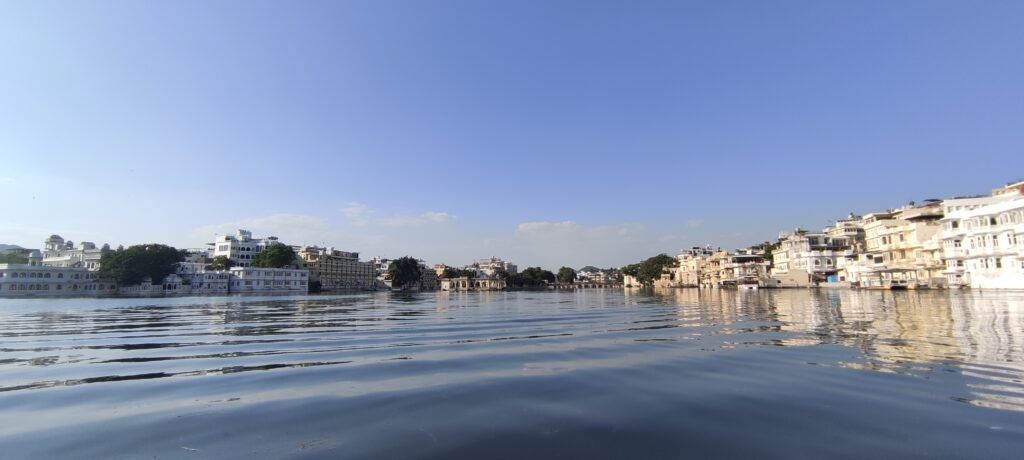
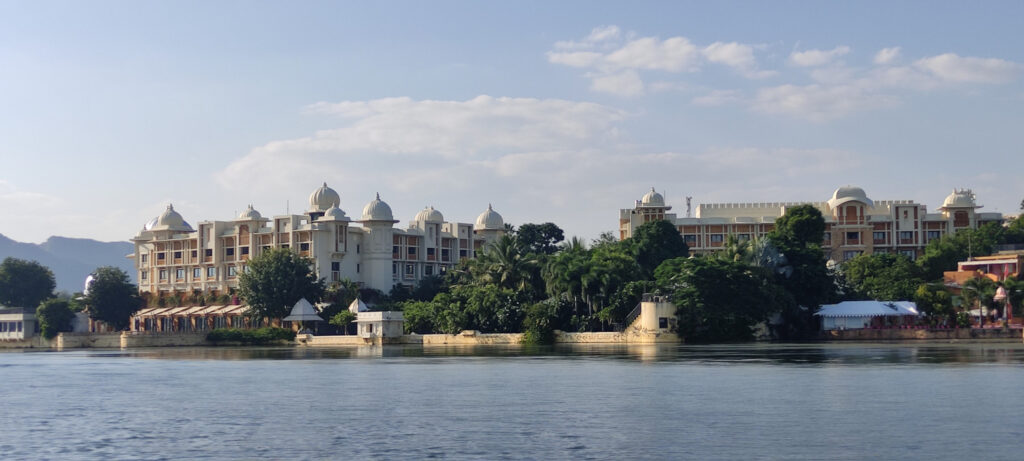
Lake Pichola is an iconic landmark of Udaipur, Rajasthan, and its history is as enchanting as its waters. Created in 1362 AD, it is an artificial freshwater lake that has since become the centerpiece of the “City of Lakes.” The lake was initially constructed by a Banjara tribesman, Pichhu Banjara, during the reign of Maharana Lakha. He built it to transport grain. Later, Maharana Udai Singh II, the founder of Udaipur, was so captivated by the lake’s beauty that he expanded it and built the City Palace on its banks.
The lake is surrounded by hills, temples, ghats, and palaces, giving it a truly magnificent backdrop. A boat ride on Lake Pichola is a quintessential Udaipur experience. It not only provides a refreshing perspective of the city’s grandeur but also takes you past some of its most famous landmarks, including Jag Mandir and the Lake Palace. The serene waters reflect the intricate architecture of the surrounding palaces, creating a magical atmosphere, especially during sunrise and sunset. The lake’s ecosystem is also home to various species of fish and birds, making it a peaceful haven for nature lovers. The interconnected lakes of Pichola and Fateh Sagar are a vital part of Udaipur’s urban water system, and their conservation is a priority.
City Palace
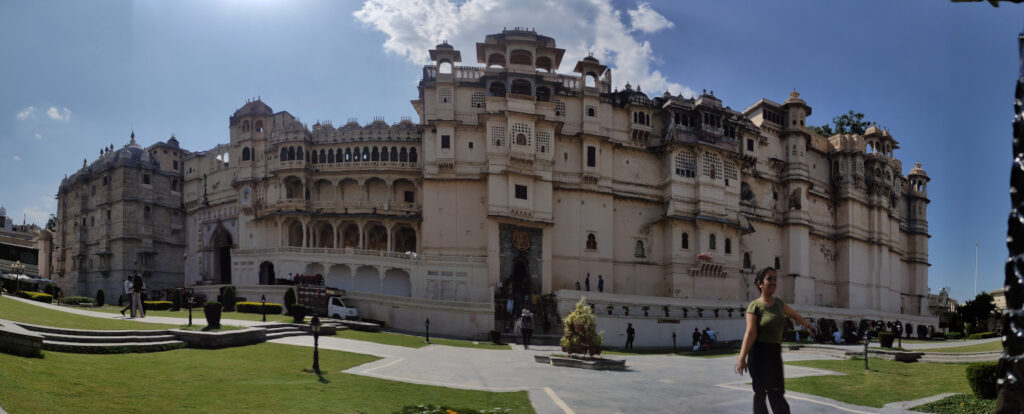
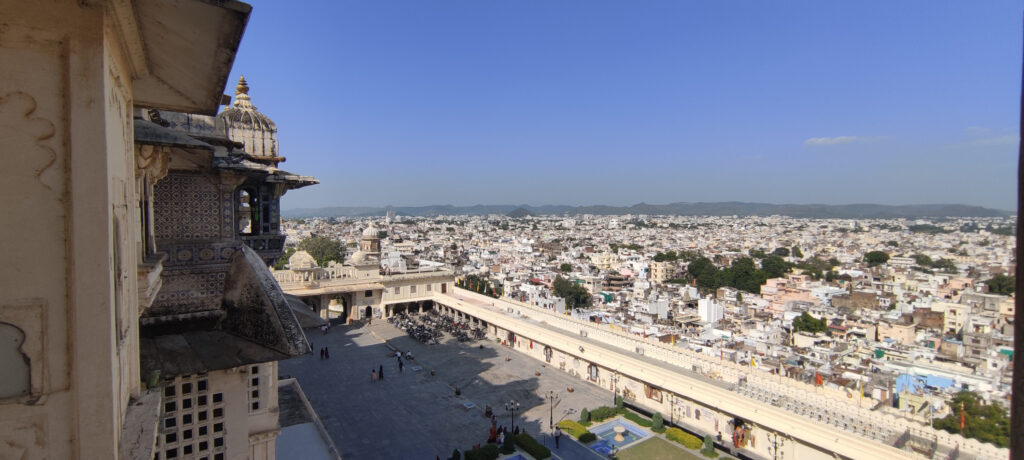
The City Palace of Udaipur is a stunning example of royal architecture and a testament to the Mewar dynasty’s power and artistic sensibilities. Construction began in 1553 under Maharana Udai Singh II and was continued by subsequent rulers, resulting in a sprawling complex of palaces, courtyards, terraces, and gardens. The palace is a blend of Rajasthani and Mughal architectural styles, with intricate carvings, decorative balconies, and beautiful frescoes. The palace complex is a labyrinth of interconnected structures, each with its own unique story.
Key parts of the palace include the Mor Chowk (Peacock Courtyard), renowned for its vibrant mosaics of peacocks in three different seasons; the Badi Mahal (Great Palace), a garden-court located on a 90-foot-high natural rock formation; and the Amar Vilas, a beautiful garden and pavilion. The palace also houses a museum that exhibits a vast collection of artifacts, including royal costumes, weapons, and paintings, offering a glimpse into the opulent lifestyle of the Maharanas.
Jag Mandir
Jag Mandir, also known as “Lake Garden Palace,” is an island palace that exudes an air of romance and history. Built in the early 17th century, it served as a summer retreat for the royal family and a pleasure palace for lavish parties. The palace is a three-storied structure with exquisite craftsmanship, including a dome-shaped pavilion, a garden, and a marble courtyard.

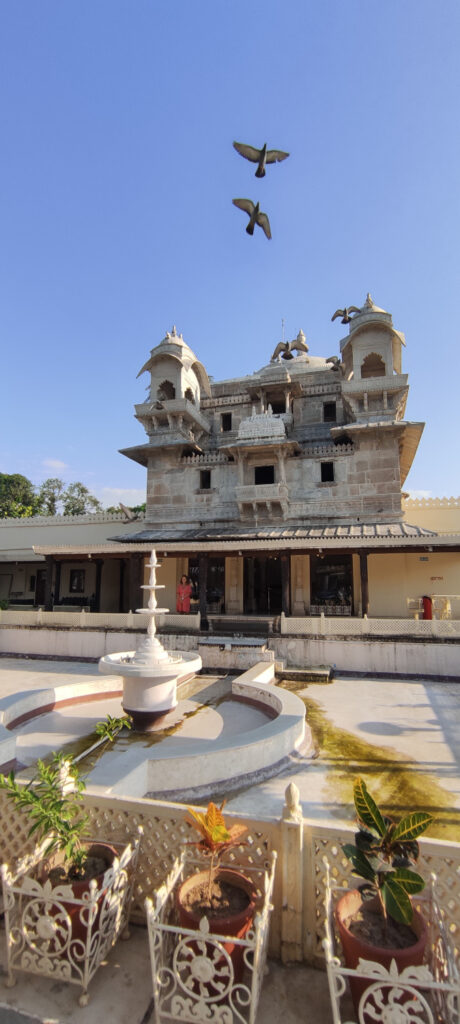
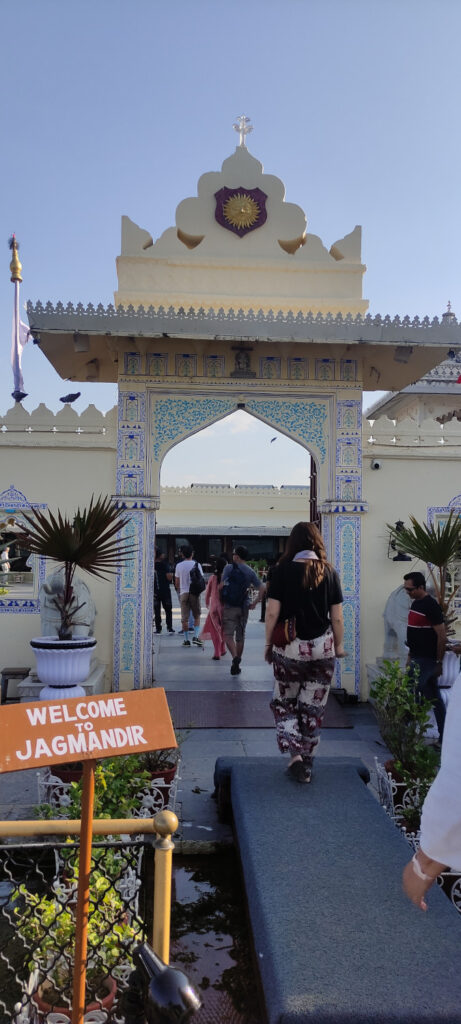
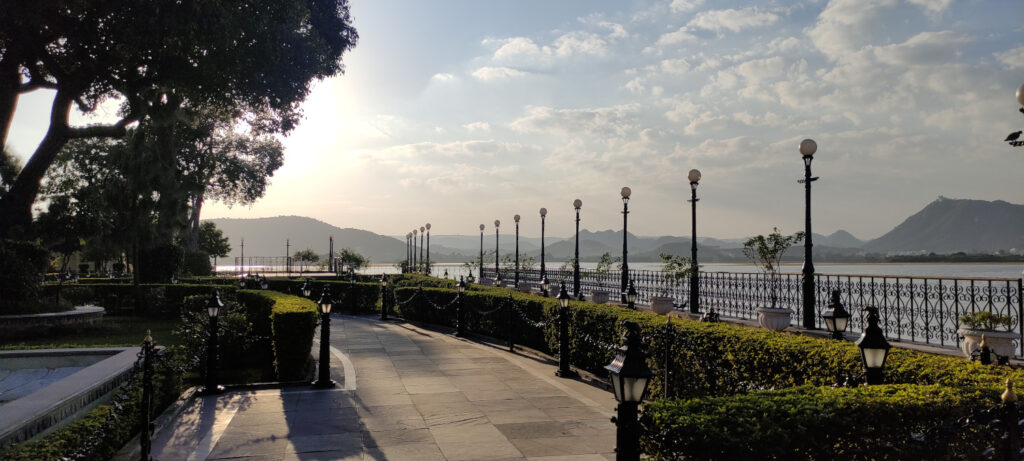
One of the most famous stories associated with Jag Mandir is its connection to Mughal Emperor Shah Jahan. As Prince Khurram, he sought refuge here in the early 17th century after rebelling against his father, Emperor Jahangir. The hospitality and beauty of the palace are said to have deeply influenced him, and some historians believe that it inspired the design of the Taj Mahal.
Lake Palace
The Lake Palace, originally known as Jag Niwas, is arguably the most recognizable landmark of Udaipur. Constructed between 1743 and 1746 under the direction of Maharana Jagat Singh II, the palace was originally a summer retreat for the royal family. Built on a four-acre foundation of rock in the middle of Lake Pichola, the palace’s white marble structure seems to float on the water, creating a surreal and beautiful sight. In the mid-20th century, the palace was converted into a luxury hotel.
Today, it is known as the Taj Lake Palace and is one of the world’s most romantic and luxurious hotels. The hotel is renowned for its impeccable service, opulent interiors, and stunning views of the surrounding lake and palaces. It has also been featured in several movies, including the James Bond film Octopussy, which has added to its fame.
Monsoon Palace (Sajjangarh)
Perched atop a hill, the Monsoon Palace, also known as Sajjangarh, offers a different perspective of Udaipur’s landscape. Built in the late 19th century by Maharana Sajjan Singh, the palace was originally intended to be a nine-storied astronomical center to study monsoon clouds. However, the plan was never fully realized due to the untimely death of the Maharana. The palace’s strategic location on a hill provides a commanding view of the city’s lakes, the City Palace, and the surrounding countryside.
The best time to visit is during sunset, when the palace is bathed in golden light and the sky is painted with vibrant colors. The view from the palace during the monsoon season, with its lush greenery and misty atmosphere, is particularly spectacular, which is how it earned the name “Monsoon Palace.” The palace’s architecture is a fusion of Rajput and Mughal styles, with intricate jharokhas (balconies) and pillars.
Udaipur is not only known for its royal past but also for its vibrant culture, lively markets, and delicious cuisine. It is a city that captivates visitors with its timeless charm and romantic ambiance, making it a dream destination for travelers from around the world.

